1. The Colonial Era: Hunting for Survival and Sport
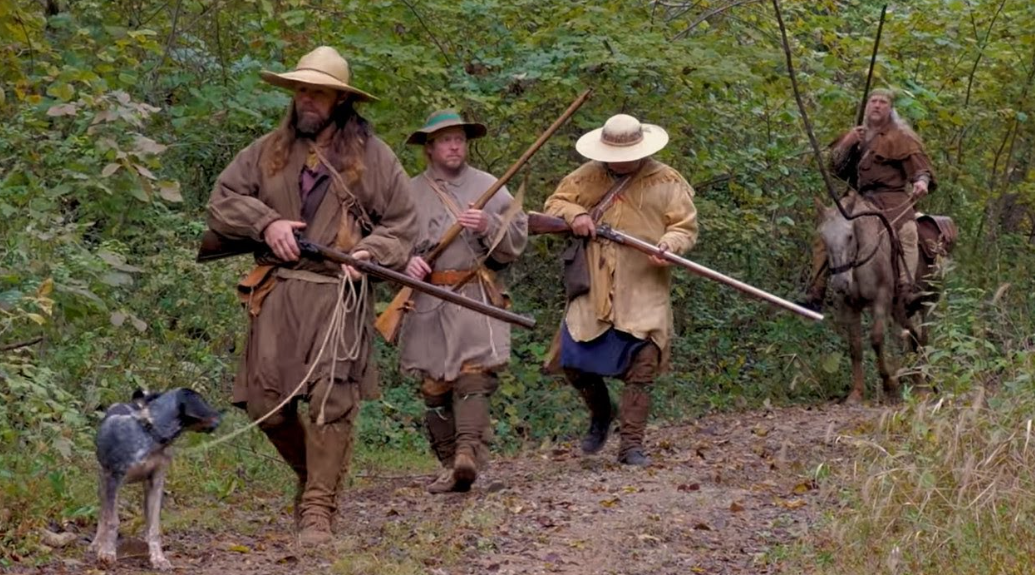
YouTube
In early America, hunting was initially about survival, providing food and materials for settlers. However, as colonies became more established, hunting evolved into a pastime for the wealthy. The ability to hunt large game became a marker of status, with the elite often organizing extravagant hunting events. Deer, elk, and other native species were prime targets. This period saw a stark divide between subsistence hunting by indigenous peoples and settlers and the recreational approach taken by wealthy Europeans in the colonies. Over time, this leisure hunting laid the groundwork for a culture where wildlife could be pursued for entertainment rather than necessity, a trend that would grow and take controversial turns in the years to come.
2. The 19th Century: Manifest Destiny and Overhunting
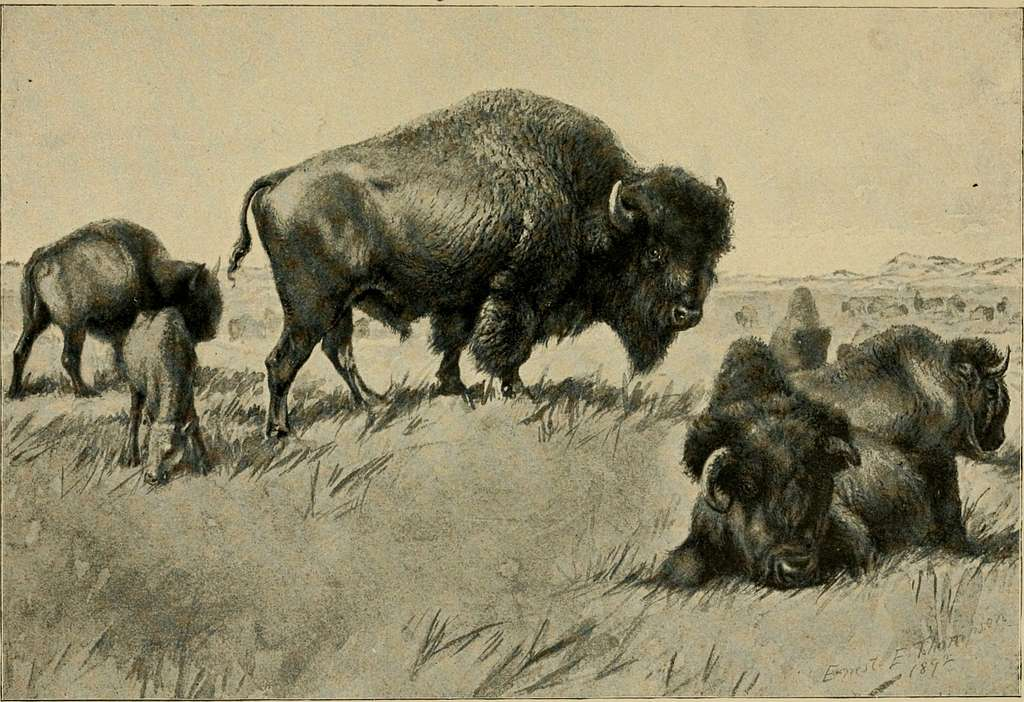
Picryl
The expansion westward under Manifest Destiny brought with it a wave of hunting that decimated animal populations. Buffalo, for example, were slaughtered not only for hides but also to undermine Indigenous communities that relied on them. Railroads even incentivized hunting by advertising “hunting by rail,” where passengers could shoot wildlife from moving trains. This era highlighted a reckless disregard for conservation, as wildlife was treated as an endless resource. The romanticized idea of the “frontier hunter” perpetuated in dime novels further fueled the allure of sport hunting. However, as populations of iconic species dwindled, some individuals began to raise concerns about the unsustainable nature of these practices, setting the stage for conservation movements.
3. The Rise of Trophy Hunting
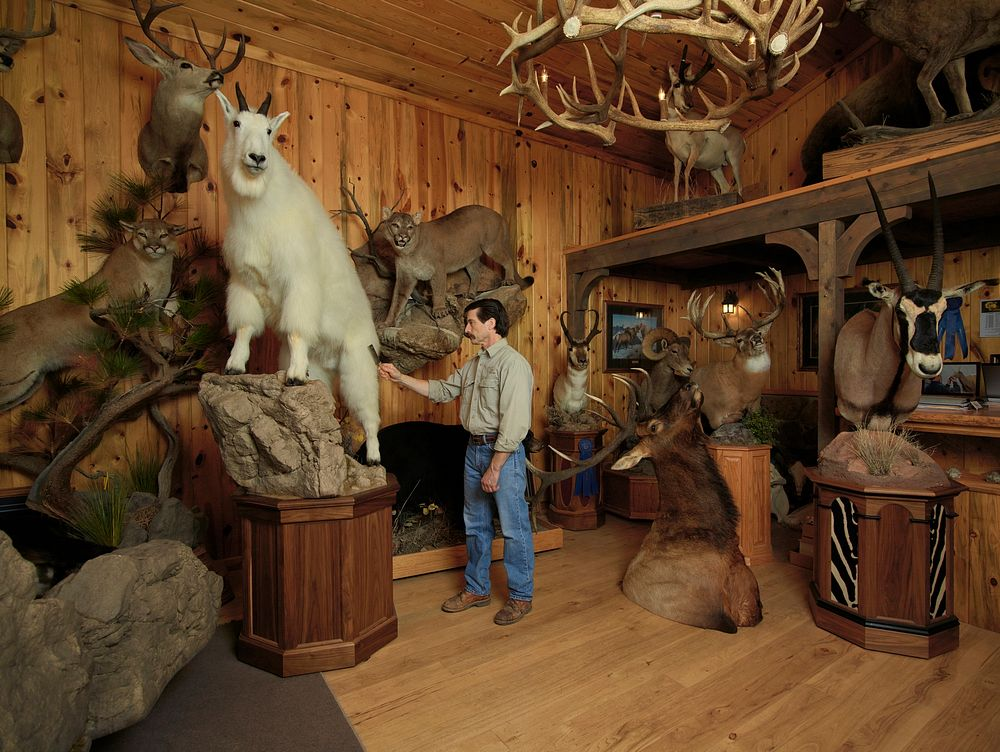
Rawpixel
Trophy hunting gained popularity in the late 19th century, influenced by figures like Theodore Roosevelt. Hunters sought to bag “big game” and display their kills as symbols of prowess and adventure. Taxidermy became a booming industry, with hunters preserving their trophies for display. Roosevelt himself, despite being an advocate for conservation, was an avid hunter who believed in “fair chase” principles, which promoted ethical hunting practices. While some hunters adhered to these principles, others exploited wildlife indiscriminately. Trophy hunting brought with it debates about ethics and conservation, with critics arguing it reduced animals to mere collectibles and often ignored ecological impacts.
4. The Advent of Hunting Clubs

Flickr
Hunting clubs emerged as a way for elite hunters to organize and control access to prime hunting grounds. Clubs like the Boone and Crockett Club, co-founded by Theodore Roosevelt in 1887, aimed to promote sustainable hunting and conservation ethics. These clubs often established private reserves, ensuring their members exclusive rights to hunt in these areas. While they contributed to early conservation efforts, they also reinforced class divides in hunting, as only the wealthy could afford membership. The dual legacy of these clubs—promoting conservation while commodifying wildlife—remains a contentious topic in the history of sport hunting.
5. The Impact of the Industrial Revolution
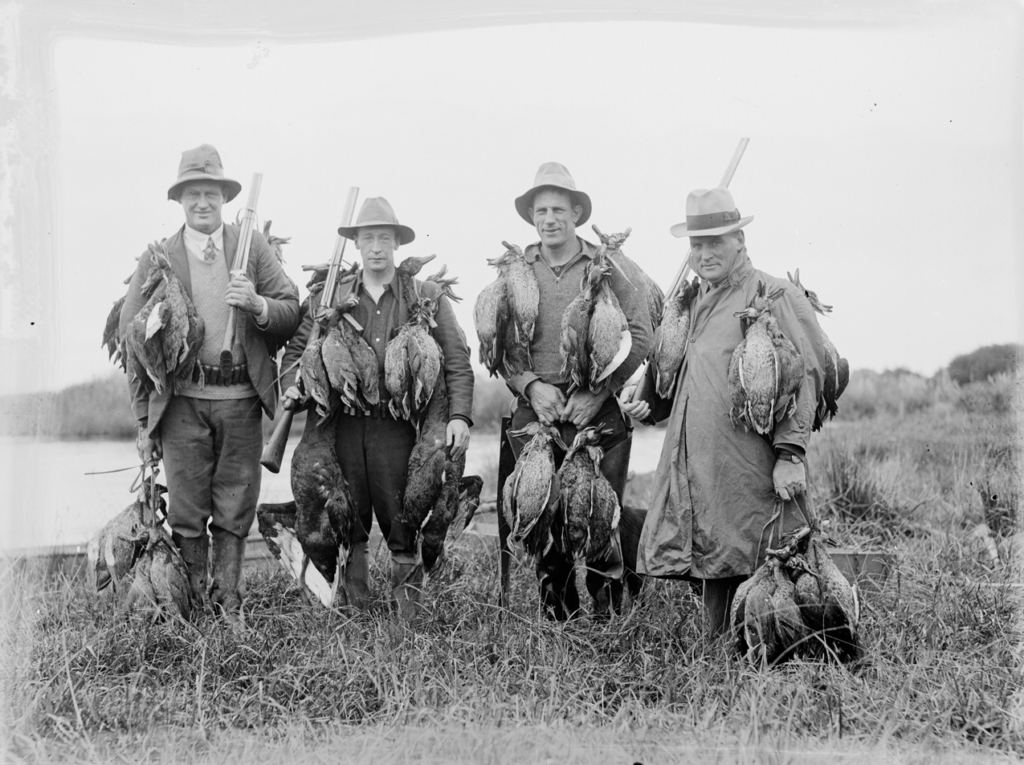
Wikimedia Commons
The Industrial Revolution dramatically altered the landscape of sport hunting. Improved firearms, railroads, and urbanization made hunting more accessible to a broader audience. Organized hunts became popular among urban elites seeking escape into “wilderness.” At the same time, mass hunting events, like pigeon shoots, highlighted the excesses of this era. Passenger pigeons, once numbering in the billions, were hunted to extinction. This period underscored the tension between hunting as a traditional skill and its transformation into a destructive pastime fueled by industrial advancements. The ecological toll of these practices became increasingly evident, spurring the first significant calls for wildlife protection.
6. The Lacey Act and Early Conservation Laws
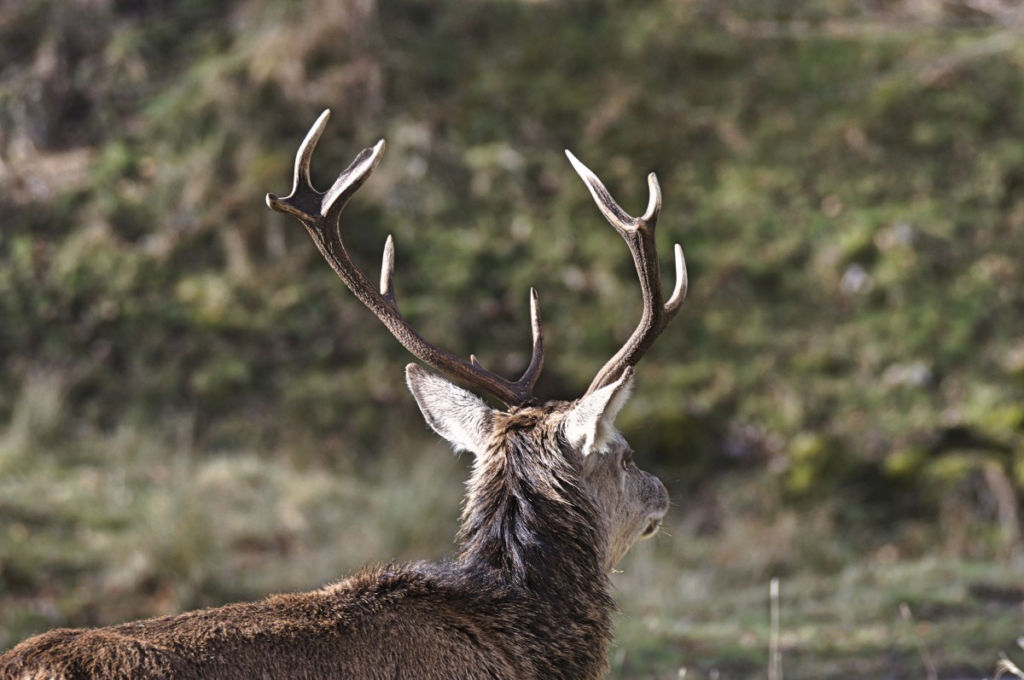
PxHere
The Lacey Act of 1900 marked a turning point in the regulation of hunting in the U.S. It was the first federal law aimed at protecting wildlife by prohibiting the interstate trade of illegally hunted animals. This act was a response to the overhunting and exploitation of species like the bison and passenger pigeon. While sport hunters often resisted regulations, others embraced them, recognizing the need for sustainable practices. The Lacey Act set the foundation for modern wildlife conservation, illustrating how the excesses of sport hunting could lead to meaningful legislative change. It also highlighted ongoing tensions between recreational hunters and conservationists.
7. The Duck Stamp Act: Funding Conservation through Hunting
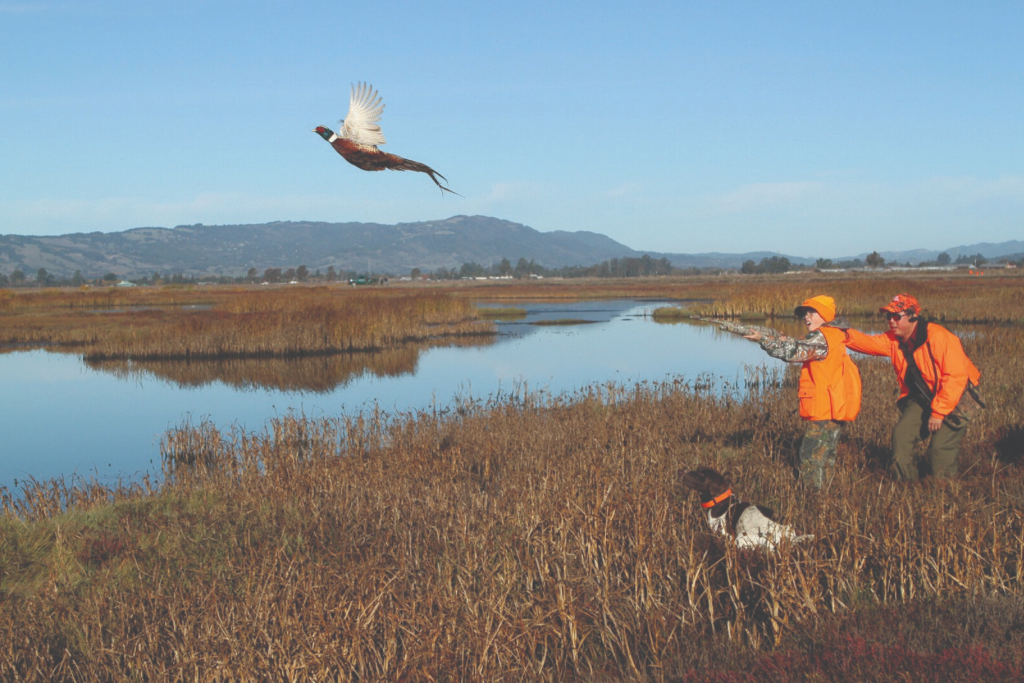
Wikimedia Commons
Passed in 1934, the Duck Stamp Act required waterfowl hunters to purchase a stamp, with proceeds funding wetland conservation. This act exemplifies a unique aspect of sport hunting: its potential to contribute to conservation. By the mid-20th century, hunters were some of the most significant supporters of wildlife protection, funding refuges and habitat restoration. However, the act also sparked debates about the ethics of hunting as a tool for conservation. While it undeniably benefited ecosystems, critics questioned whether killing animals for sport could ever align with genuine conservation efforts.
8. Hunting in the Age of Television
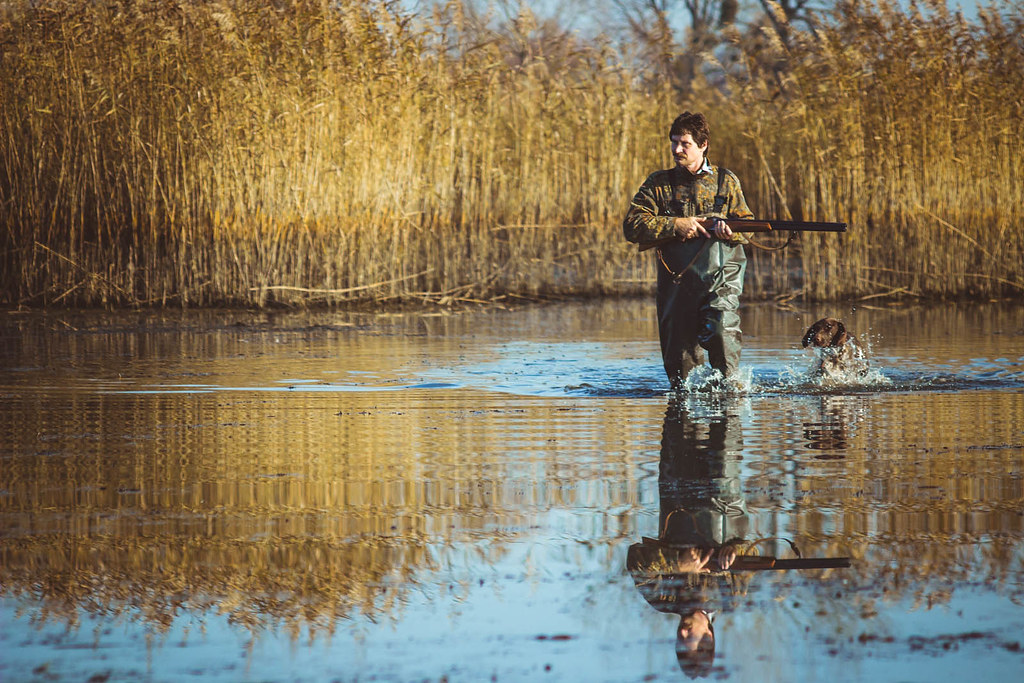
Flickr
The advent of television in the mid-20th century brought hunting into living rooms across America. Shows like “American Sportsman” romanticized the pursuit of game, showcasing dramatic hunts and exotic locations. This visibility further popularized hunting as a recreational activity, while also sparking criticism from animal rights activists. For many, televised hunts exemplified the disconnect between modern sport hunting and traditional practices rooted in necessity. The glamorization of hunting heightened public debates about ethics, conservation, and the portrayal of wildlife in media, solidifying its controversial status in American culture.
9. The Controversial Role of Hunting in National Parks
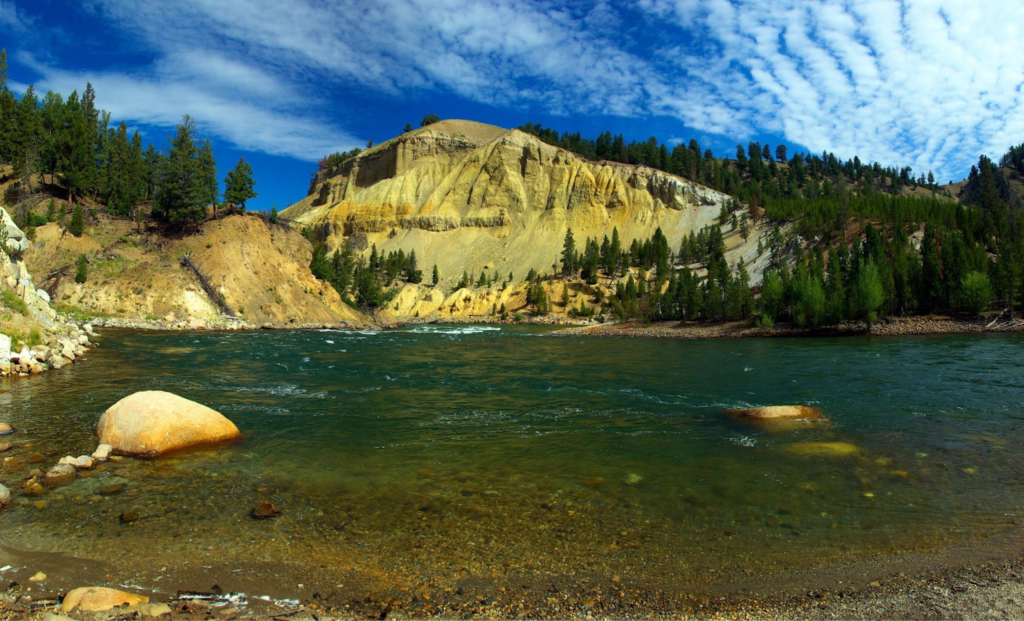
Pix4free
National parks were established to preserve America’s natural beauty and wildlife, yet they often became battlegrounds for hunting debates. While hunting was banned in many parks, adjacent lands frequently hosted hunts that affected park ecosystems. Yellowstone, for example, faced challenges with hunters targeting wolves and bison. The controversial reintroduction of wolves to the park in the 1990s reignited these debates, as hunters and conservationists clashed over wildlife management. The role of sport hunting near protected areas remains a contentious issue, illustrating the complex relationship between preservation and recreational hunting.
10. The Rise of Exotic Game Ranches
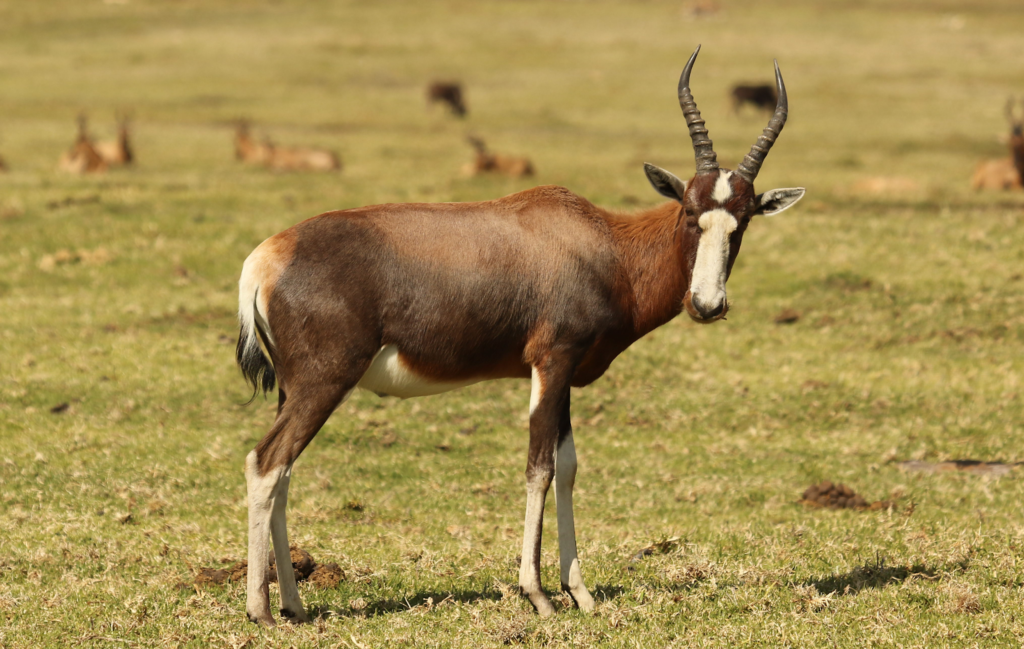
Wikimedia Commons
Exotic game ranches, where hunters pay to shoot non-native species in controlled environments, emerged as a polarizing trend in modern sport hunting. Proponents argue these ranches contribute to conservation by funding breeding programs for endangered species. Critics, however, liken them to “canned hunting,” where the odds are heavily stacked against the animals. These ranches often blur the lines between conservation and commercialization, raising ethical questions about the commodification of wildlife. The debate over exotic game ranches reflects broader tensions within the sport hunting community about what constitutes fair and ethical hunting practices.
11. The Influence of Celebrity Hunters
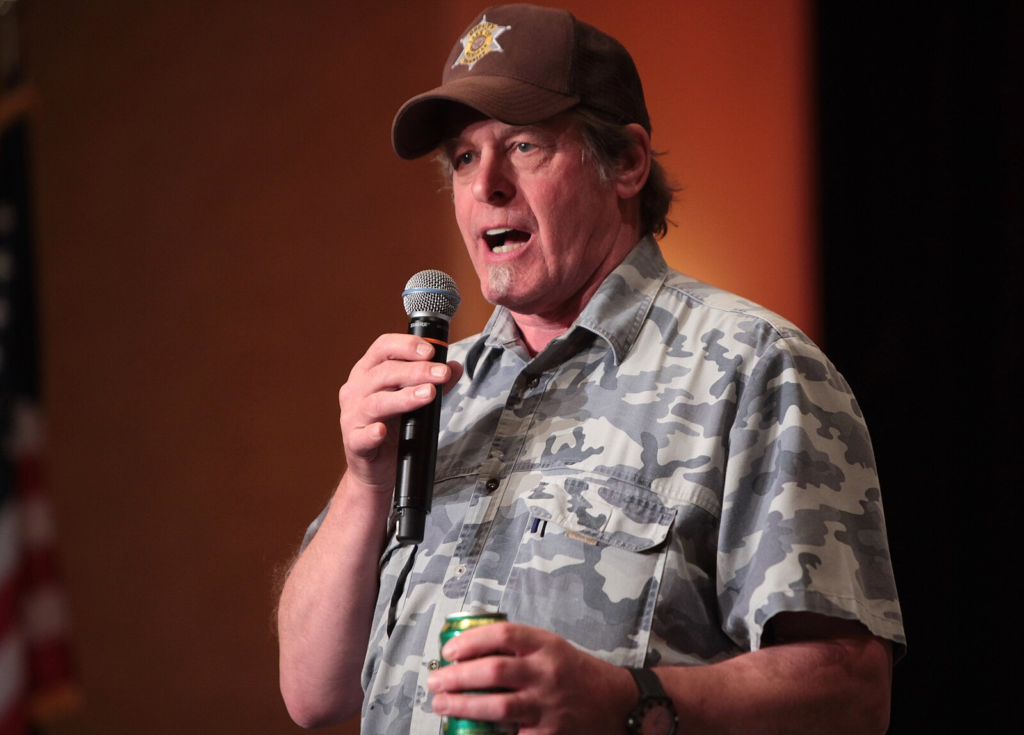
Wikimedia Commons
Celebrity hunters have played a significant role in shaping public perceptions of sport hunting. Figures like Ted Nugent and Jim Shockey have passionately defended hunting as a tradition and conservation tool, while others have faced backlash for controversial hunts. Social media has amplified the impact of celebrity hunters, with viral posts sparking both support and outrage. The visibility of celebrity hunting highlights the ongoing cultural divide over the practice, with some viewing it as a legitimate sport and others as a symbol of exploitation. This phenomenon underscores the power of media in shaping the narrative around wildlife and hunting.
12. The Shift Toward Ethical Hunting

Pexels
In recent decades, a growing segment of hunters has embraced ethical hunting practices, prioritizing sustainability and respect for wildlife. Organizations like Backcountry Hunters & Anglers advocate for “fair chase” principles, emphasizing skill and conservation. Ethical hunters often reject trophy hunting, focusing instead on harvesting meat and maintaining ecological balance. This shift has garnered support from conservationists while also sparking debates within the hunting community. The rise of ethical hunting reflects broader societal changes in attitudes toward animals and the environment, illustrating a potential path forward for reconciling sport hunting with conservation.
13. The Animal Rights Movement and Opposition to Sport Hunting
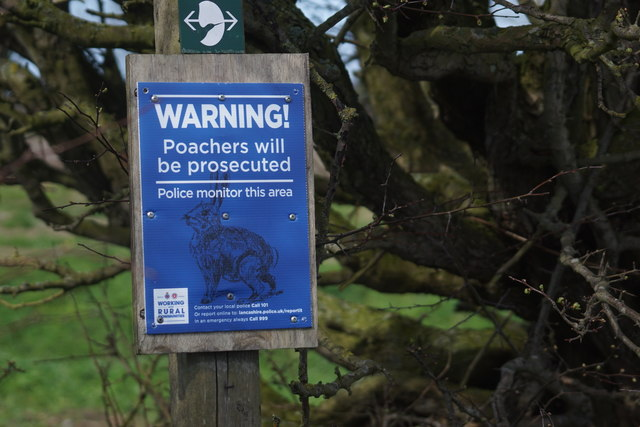
Geograph
The rise of the animal rights movement in the late 20th century brought intense scrutiny to sport hunting. Organizations like PETA and the Humane Society of the United States have campaigned against hunting, arguing it is cruel and unnecessary in modern society. High-profile incidents, such as the killing of Cecil the lion in 2015, have galvanized public opinion against trophy hunting in particular. This opposition has influenced legislation and public discourse, challenging hunters to justify their practices in an increasingly conservation-conscious world. The clash between animal rights advocates and hunters continues to shape the future of sport hunting.
14. The Future of Sport Hunting in the U.S.
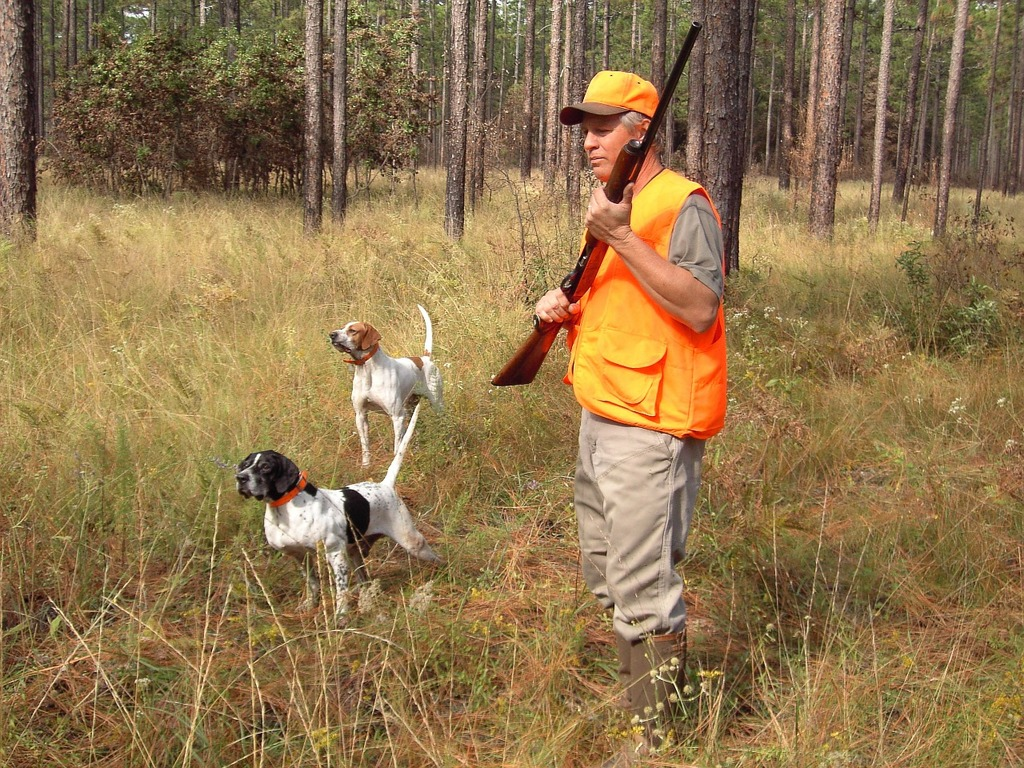
Picryl
As America grapples with biodiversity loss and climate change, the role of sport hunting in conservation remains hotly debated. Advances in technology and shifts in public attitudes have forced the hunting community to adapt. While some argue that hunting can still contribute to conservation through funding and population management, others call for alternative approaches that do not involve killing animals. The future of sport hunting will likely depend on finding a balance between tradition, ethics, and ecological sustainability. Whether it evolves into a more conservation-focused practice or faces increasing restrictions, its controversial history ensures it will remain a subject of passionate debate for years to come.


